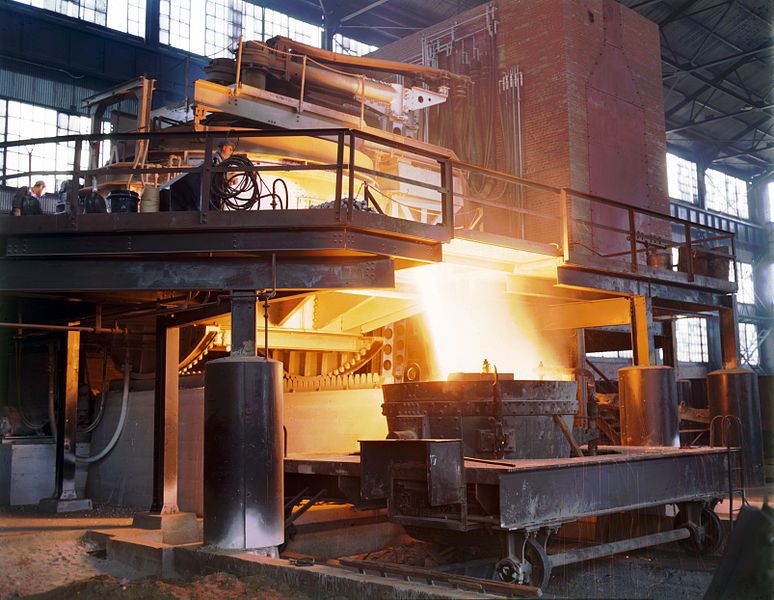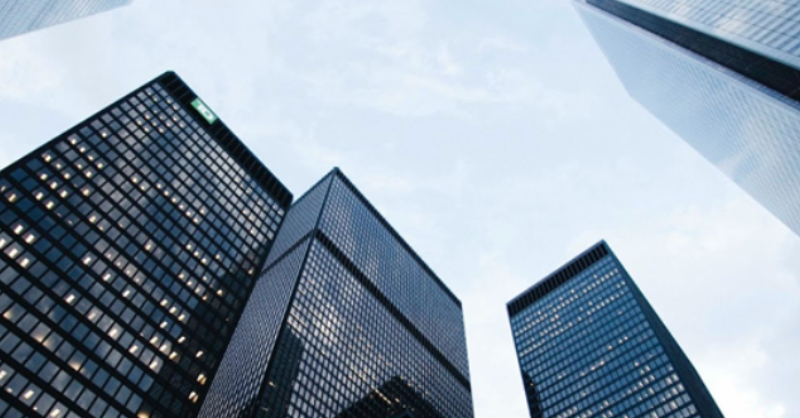
ESG funds abound = job done?; Positive green steel developments; How much are green buildings worth?
ESG funds abound = job done?; Positive green steel developments; How much are green buildings worth?
ESG funds abound in Europe - job done?
According to an article in the Financial Advisor Magazine, asset managers trying to sell funds in Europe are finding it “increasingly difficult” to do so unless their products are registered as ESG positive - quoting a study by analysts at Goldman Sachs.
At one level this should be a cause for celebration. At least in Europe ESG fund scoring is now mainstream. But let's dig a bit deeper, we are actually only at base camp in what will become a more challenging, but more interesting and productive journey.
We know that just investing via ESG scored funds is not the best way to make a real contribution to the sustainability transitions (contact us if you want the research that backs this up).
What actually works is putting capital to work in companies that are involved in sustainable activities. In Europe this means Article 9 funds, but finding investments that meet the Article 9 criteria will increasingly require some lateral thought. Current popular sectors are water utilities, mortgage REITs, and independent power and renewable electricity producers - not really a diversified portfolio!
This raises some new challenges for sustainable investing professionals.
If you work for a corporate, you need to find ways of including sustainability in strategy (or putting it another way - finding the financial advantages that come from being more sustainable, either lower costs/risk or new markets/competitive advantage).
If you work for an asset owner, you need to have much more subtle investment criteria, moving away from ESG scoring to what actually contributes to making the transitions happen in a financially viable way.
If you work for an asset manager, you need to work with your clients, educating and informing them.
And, for NGO's, it's already increasingly about aligning sustainability and financial criteria. So expect even more of the same.
We are entering into a new age of sustainability finance - one where the approaches will become more sophisticated. Where we need to bridge the gap between sustainability and finance.
Positive green steel developments.
Some supply side and demand side developments in green steel:
- H2 Green Steel has raised close to €1.5 billion through a private placement from existing investors (Altor, GIC and Just Climate) as well as new investors including Hy24, AP2 and Temasek. The proceeds will be used to finance the construction and development of H2 Green Steel's large-scale green steel plant in Boden, Sweden. The plant is expected to start operating by the end of 2025, ramping up to 2.5 million tons per year by end of 2026 and 5 million tons per year by end of 2030. The plant will employ 2,000 by 2030 as well as providing 10,000 jobs in ancillary businesses in the region. The plant reduces CO2 emissions by 95% compared with traditional steelmaking.
- Vale and H2 Green Steel have agreed to conduct a feasibility study into developing green industrial hubs in Brazil and North America. Vale would be producing the iron ore briquettes for the region with its first briquette plant expected to begin production by the end of 2023 in Vitoria, Brazil. In July, Vale agreed to provide pellets to H2 Green Steel's Boden plant.
- Network Rail which operates the rail network in the UK is trialling rails made in an electric arc furnace (EAF) from Saarstahl to assess technical performance relative to non-EAF steel. The electricity for Saarstahl's EAF is in part provided by nuclear and the company claims 60-90% less CO2 emissions than traditional steelmaking as a result. The UK rail network has 20,000 miles of track.
We have written a fair amount previously on green steel, particularly as we see it as a template for transitioning hard to abate sectors. Steel is a fundamental building block of our modern economy. It is used extensively in construction, automotive and transportation as well as energy, infrastructure and machinery. Global steel production in 2022 was 1,885 million tonnes. Globally the steel industry is responsible for approximately 7% of human-made greenhouse gas emissions. So transitioning it to a greener form is important but it must be done in the right way - a sustainable way - to ensure it is also financially viable.
Recently, a combination of factors have led to green steel reaching a tipping point where demand could accelerate driving investment and in turn a virtuous circle of capacity building.
Link to blog 👇🏾

(Greener energy applications)
How much are green buildings worth?
Green buildings are cheaper to operate, more attractive to tenants, and they are future proofed, protecting the landlord against additional refurbishment spending as building standards get tougher. And, they are only slightly more expensive to build.
So, if the financial markets are efficient, green commercial buildings should be worth more. We looked at this back in January of this year, when a study by global real estate consultant JLL, of London property transactions, showed that commercial buildings with higher environmental status achieved higher rents.
Link to blog 👇🏾

(Built environment)
One obvious push back is that you might expert real estate consultants to come to that conclusion. So, we were pleased to see that just last week Joachim Klement, in his excellent substack blog (Klement on Investing) highlighted an academic study that looked at similar data, and came to similar conclusions.
The study by Julian Zehner, of University College London, looked at 2,537 property sales and 2,907 rental transactions, between 2010 and 2021. The headline result - anything between a 8.3% and 26% premium for green buildings (as measured by the BREEAM certification). So far, so good.
But, the new piece of information was that while higher BREEAM certification standards were rewarded with higher rental premia and higher sales values, there was hardly any difference between the highest five star certification, and the second highest four star certification.
As Joachim comments in his blog, it seems that there is a cut off level of environmental investment, above which the financial return is limited or even negative. The good news is that the cut off is at 4 stars, so it seems that tenants are not just looking for the low hanging fruit.
Please read: important legal stuff.


